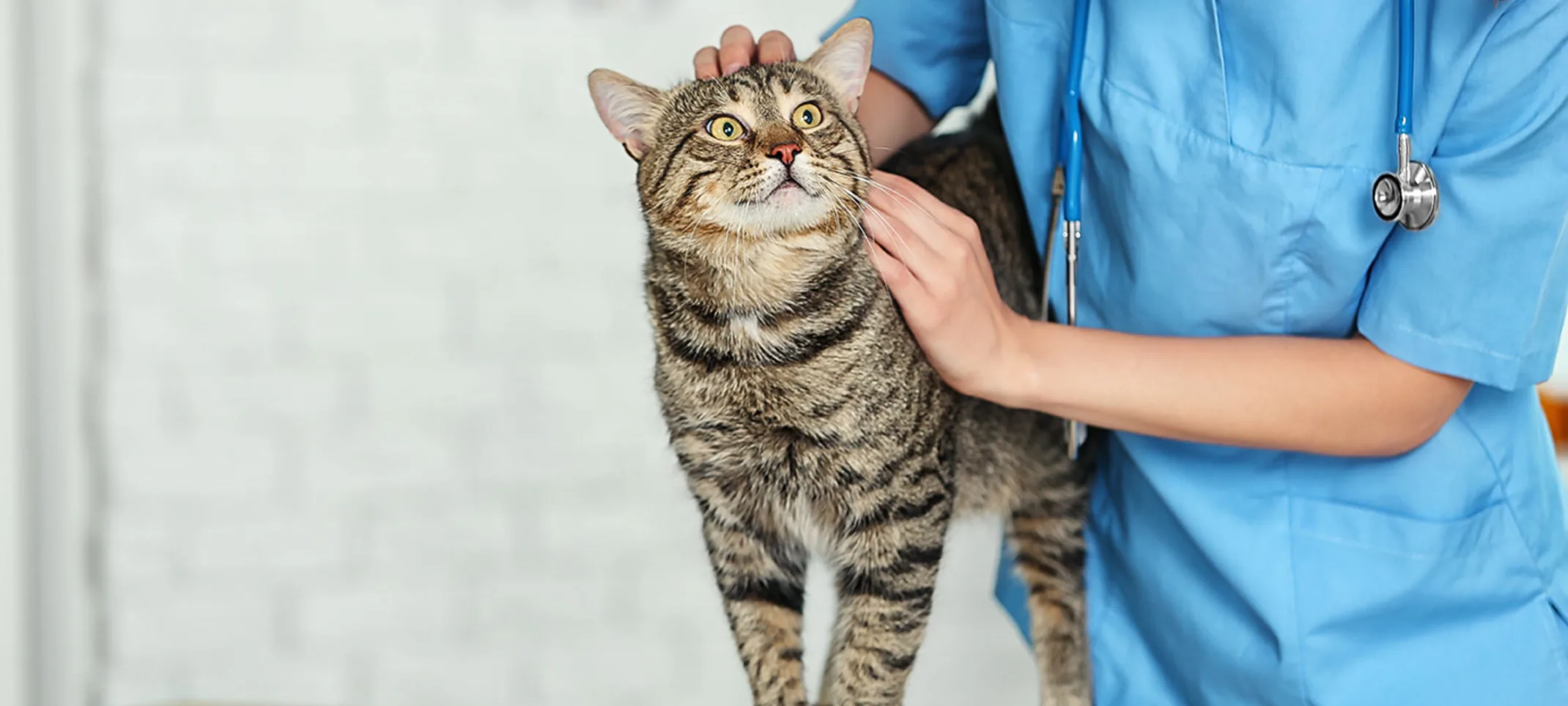Champion Wood Animal Hospital
Radiography
We’re equipped to perform routine radiography services to identify many types of illness or injury when pets are sick or suffer a trauma.

Veterinary Radiology in Spring, TX
Taking a Closer Look at Your Pet’s Health
Radiology is an important tool in the ongoing care of your pet’s health. At Champion Wood Animal Hospital, we use both x-ray and ultrasound machines to assist our diagnoses. With a regular physical exam, our veterinary professionals are limited to what they can see and feel with the naked eye. If our veterinarians suspect something else is going on inside of your pet, they are able to use these radiological tools to get an even closer look.
Overview
Radiography, also known as X-rays, is one of the most common and valuable medical diagnostic tools. X-rays are highly useful for screening areas of the body that have contrasting tissue densities, or when evaluating solid tissues.
Why would my pet need X-rays?
If your pet is sick or has suffered a trauma, X-rays provide a minimally invasive tool to help our doctors diagnose your pet. X-rays are also used in general wellness exams to diagnose potential problems before they become serious.
When is X-ray testing appropriate?
We may recommend veterinary X-rays as part of a diagnostic procedure if your pet is experiencing any health conditions or as a preventive measure in a routine senior wellness examination. We use radiology alone or in conjunction with other diagnostic tools depending on the patient’s condition. We’re fully equipped to perform routine radiology services to identify many types of illness or injury when pets are sick or suffer a trauma.
How Do X-Rays Work?
X-rays use electromagnetic radiation to create images of bone and muscle. The images that x-rays produce are still, either on film or on a computer monitor. Modern x-ray technology offers a high degree of detail and can be very helpful for dental exams. While x-rays are generally safe when properly used, some pets in pain or with anxiety may need to be sedated to capture a clear image.
X-rays are best used for:
Clear images of bones and organs
Diagnosing traumatic injuries
Monitoring broken bones
Finding foreign objects
Identifying tumors
While modern x-rays are very safe, they still do expose your pet to a small dose of radiation. If we suspect your pet has a problem with their organs, we’ll order an ultrasound.
How is X-ray testing used?
X-rays can be used to detect a variety of ailments in animals including arthritis, tumors, bladder and kidney stones, and lung abnormalities such as pneumonia. They are also used to evaluate bone damage, the gastrointestinal tract, respiratory tract, genitourinary system, organ integrity, and even identify foreign objects that may have been ingested. Dental radiographs help distinguish healthy teeth from those that may need to be extracted, and identify any abnormalities beneath the gums including root damage, tumors, and abscesses. In some cases, we may need to sedate your pet or use short-acting general anesthesia.
X-Ray vs. Ultrasound: What’s the Difference?
Both x-rays and ultrasounds enable us to “see” beyond the fur or scales of your pet’s body. The most basic difference between the two types of radiological imaging we provide is that an x-ray looks at the solid parts of your pet’s body (like bones and muscles), while an ultrasound looks at the soft tissues inside of your pet (like organs). Both of these methods are painless and non-invasive. Our veterinarians will be by your pet’s side to keep them calm and comfortable throughout the imaging process.
How Do Ultrasounds Work?
An ultrasound uses high-frequency sound waves to create an image on a computer screen. These can either be still or moving images. In humans, ultrasounds are commonly used to check on a fetus during pregnancy – but these smart machines have other applications as well. Unlike x-rays, ultrasounds do not use radiation to produce images, which means these machines are safe for fetuses or other delicate tissue.
Ultrasounds are best used for:
Examining the heart
Inspecting lumps or masses
Monitoring pregnancy
Diagnosing possible organ damage
One drawback to ultrasounds is that they can’t penetrate bone or dense tissue, like muscles. If we think your pet needs an image of their bones, we’ll order an x-ray.
